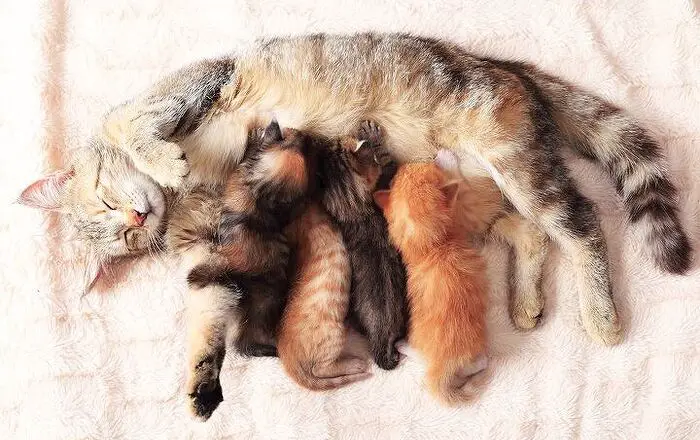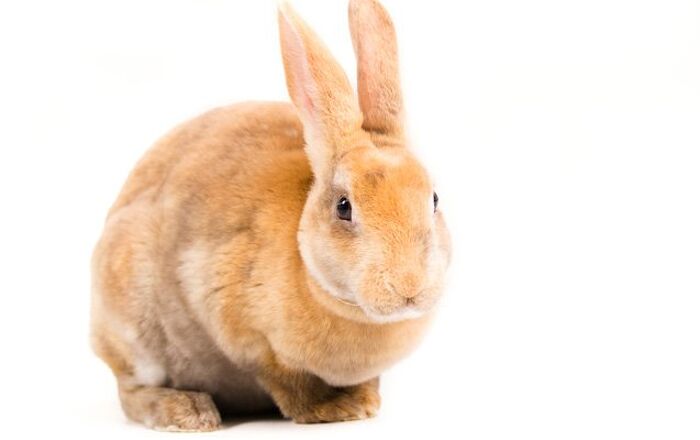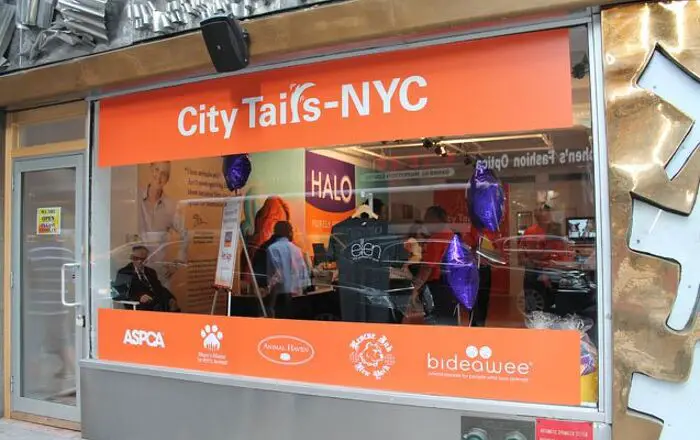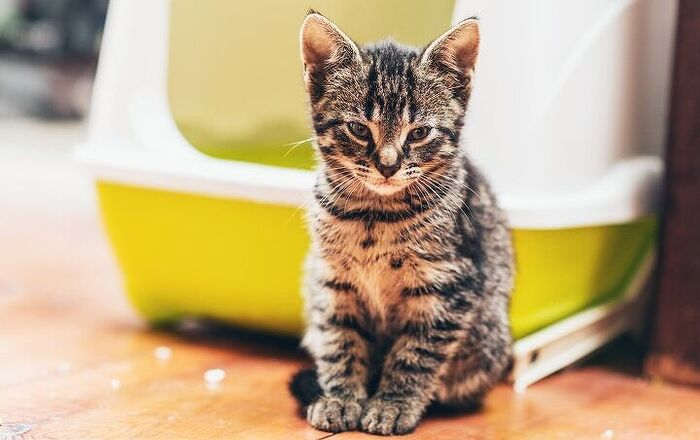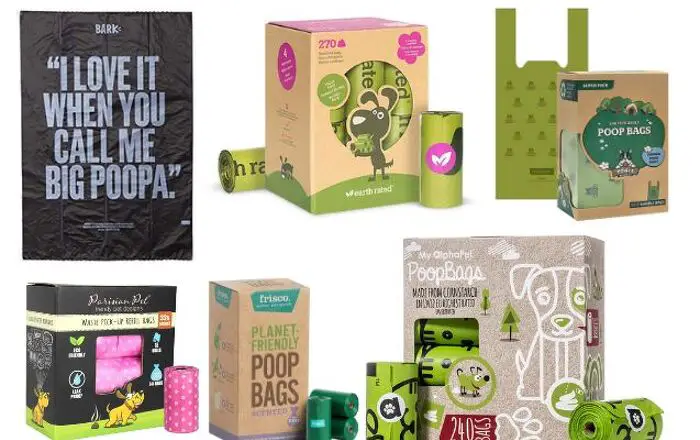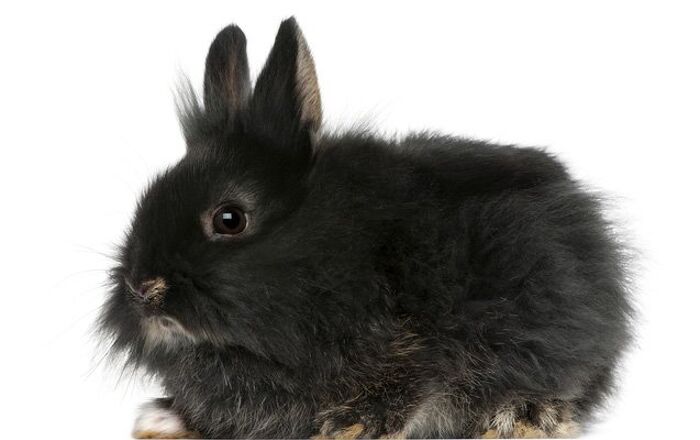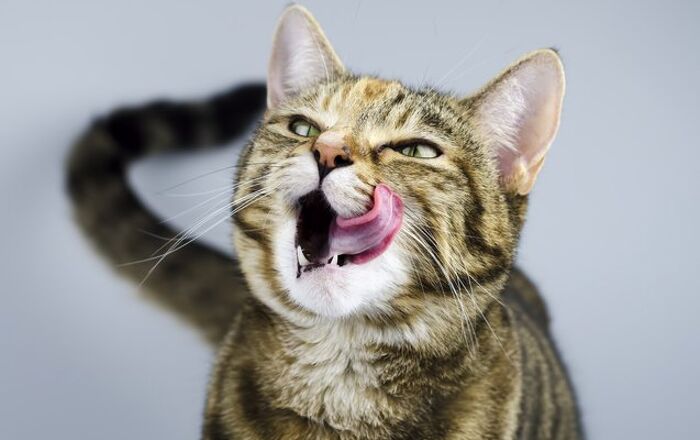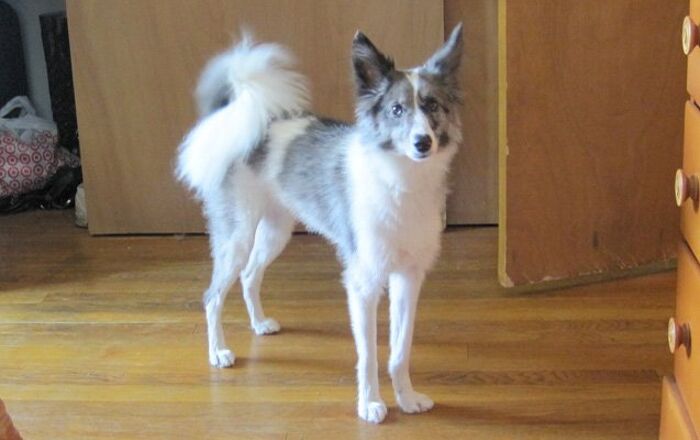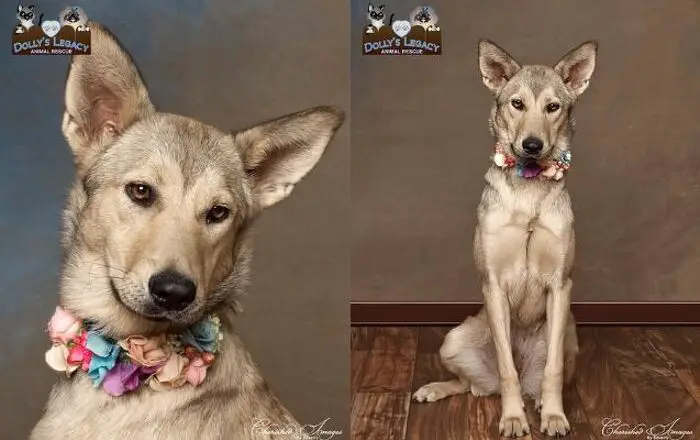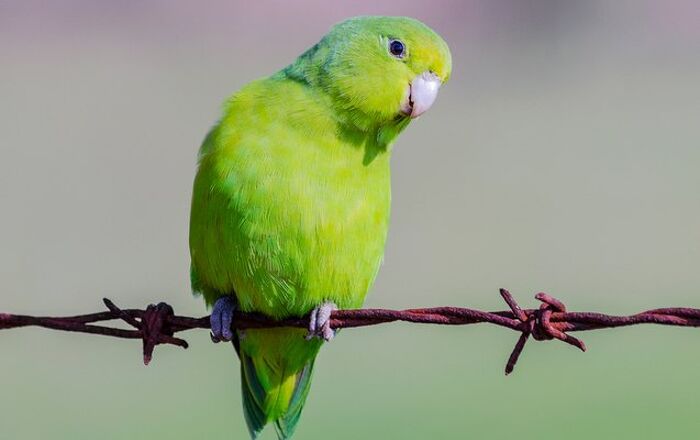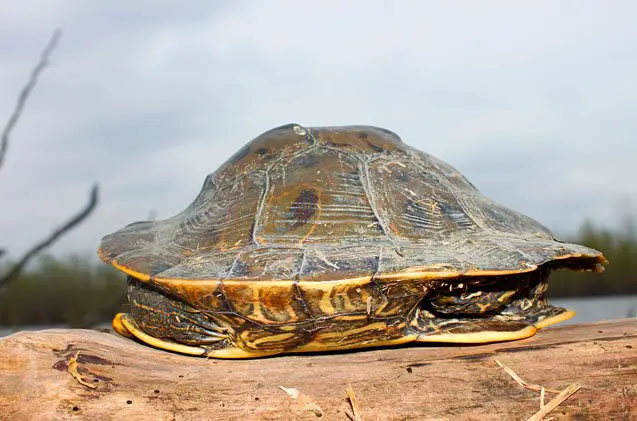
Northern Map Turtle General Info
The Northern Map Turtle is also referred to as the Sawback Turtle. Although these animals are popular as pets, they are demanding in their care and are one of the most difficult turtle species to keep in captivity.
In the wild, these turtles are found in areas where water is always moving, such as in large streams or rivers, so when they are kept in an aquarium, Map Turtles become prone to a fungal or bacterial infection known as shell rot. Therefore, if you are planning on keeping a Map Turtle as a pet, you need to make cleanliness the priority.
The Northern Map Turtle is also referred to as the Sawback Turtle.
Native Habitat
There are actually 13 species of Map Turtles, and their natural habitat is found in North America. They are mostly found in the eastern half of the United States, but their range extends north into the southern part of Canada as well.
Map Turtles typically make their home in large bodies of water, including lakes and rivers. This semi-aquatic turtle species will leave the water to lay eggs and bask in the sunshine, so it prefers areas that provide plenty of basking space, such as fallen trees and rocks. You can even find these turtles basking together as a group.
Larger adults can often be found in deeper water that has less vegetation, and they will also be found basking at a greater distance from shore.
These turtles will also prefer slow-moving, deep bodies of water when they are ready to hibernate over the winter.
Overall Description
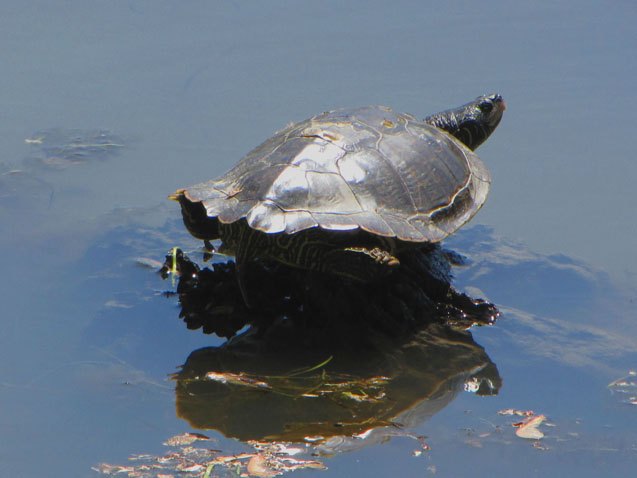
Northern Map Turtles got their name from the fact that their carapace has a design that looks like a map, or like the waterways that are drawn on a map. These lines could fade as a turtle gets older.
When looking at a Northern Map Turtle, you will also notice that there are thicker lines on the limbs and the face.
Females are a few inches larger than the males, and they are also typically the more dominant, and more aggressive, gender in this species. However, males will feature longer claws on the front legs.
Northern Map Turtles are one of the most difficult turtle species to keep in captivity.
Colors
The lines that are found on a Northern Map Turtles carapace are typically orange or yellow in color, though there will be darker colors, including varying shades of brown and green, also found between the brighter colored lines. Also, the lines that are found on this animal’s face and limbs are often a bright yellow color, so they can be more noticeable than the lines on the shell.
Environment

These freshwater turtles will need a large outdoor enclosure or a large indoor aquarium tank in which they can swim comfortably and have places to hide. In addition to hiding places underwater, you will also need to provide your pet with a basking area above the water. Just make sure that the hiding places are safe so your turtle won’t get stuck underwater and drown. And make sure that the basking area allows the turtle to dry completely.
The basking temperature should be set anywhere from 84-94°F, while the water temperature should be 72-80°F. There should also be a UVB lamp set up over the indoor enclosure, while outdoor enclosures should be exposed to sunlight.
A long 20-gallon aquarium can work well, but make sure the water is kept as clean as possible with a high quality filtration system. Even if your turtle is placed in an outdoor enclosure, make sure there is filtration and the water is kept moving.
It is also a good idea to regularly check the pH level of the water in your turtle’s enclosure, making certain that it is anywhere from neutral to slightly alkaline.
If you’d like to add aquatic plants to your turtle’s enclosure, floating varieties, such as duckweed, water hyacinth, and water lettuce, are good options.
Like other aquatic turtle breeds, the Northern Map Turtle does not enjoy being handled or held.
Care Requirements
Northern Map Turtles are omnivorous, and because they have better mobility when they’re in the water, they should be fed while underwater. What you feed your pet will depend upon the turtle’s gender. Because males are smaller, they will enjoy smaller prey, such as aquatic insects and small crustaceans, while females can have snails and clams.
You can feed your Northern Map Turtle a commercial turtle diet, as well as dead mealworms or frozen shrimp that have been thawed, both of which can be purchased from a pet store. And you can even provide your pet with dark leafy greens placed on the basking area above water, or you can float the plant matter in the water. Another option would be to grow aquatic plants naturally in your turtle’s outdoor enclosure.
Behavior
Like other aquatic turtle breeds, the Northern Map Turtle does not enjoy being handled or held. Therefore, only handle your turtle when it is absolutely necessary.
If you are planning on housing more than one Northern Map Turtle in the same enclosure, be sure to give them enough space and enough food, and monitor their behavior for possible aggression.
Photo credit: Wirepec/Bigstock; D. Gordon E. Robertson/Wikimedia


